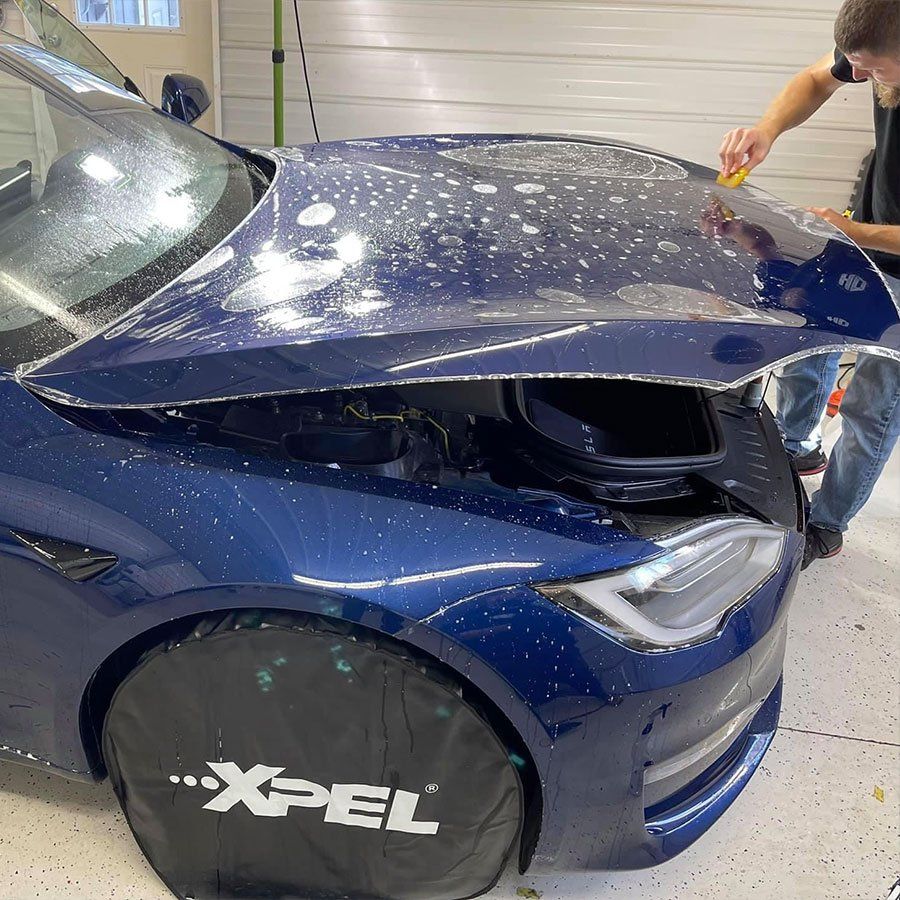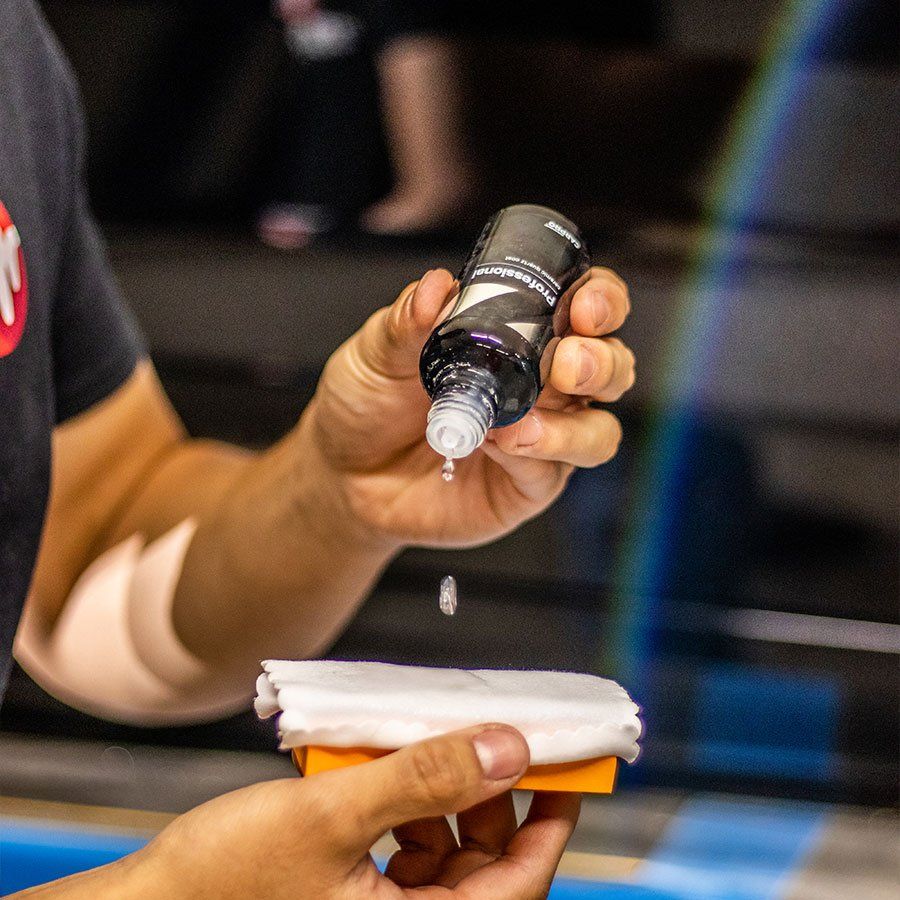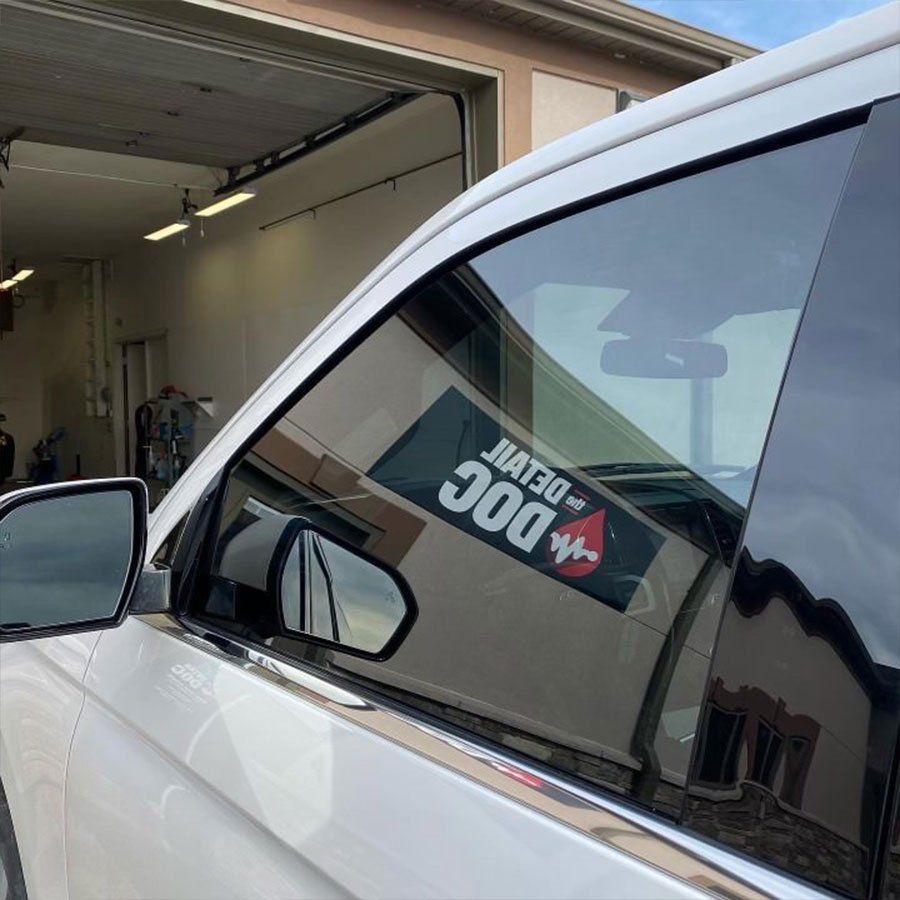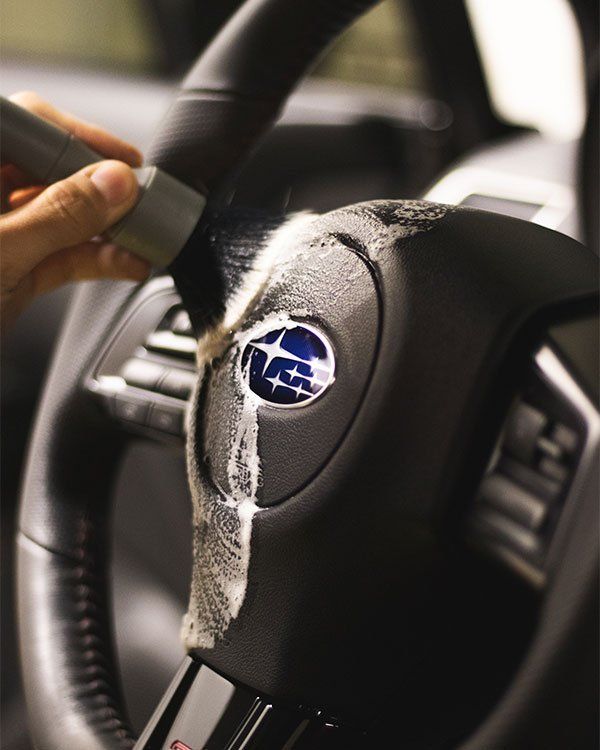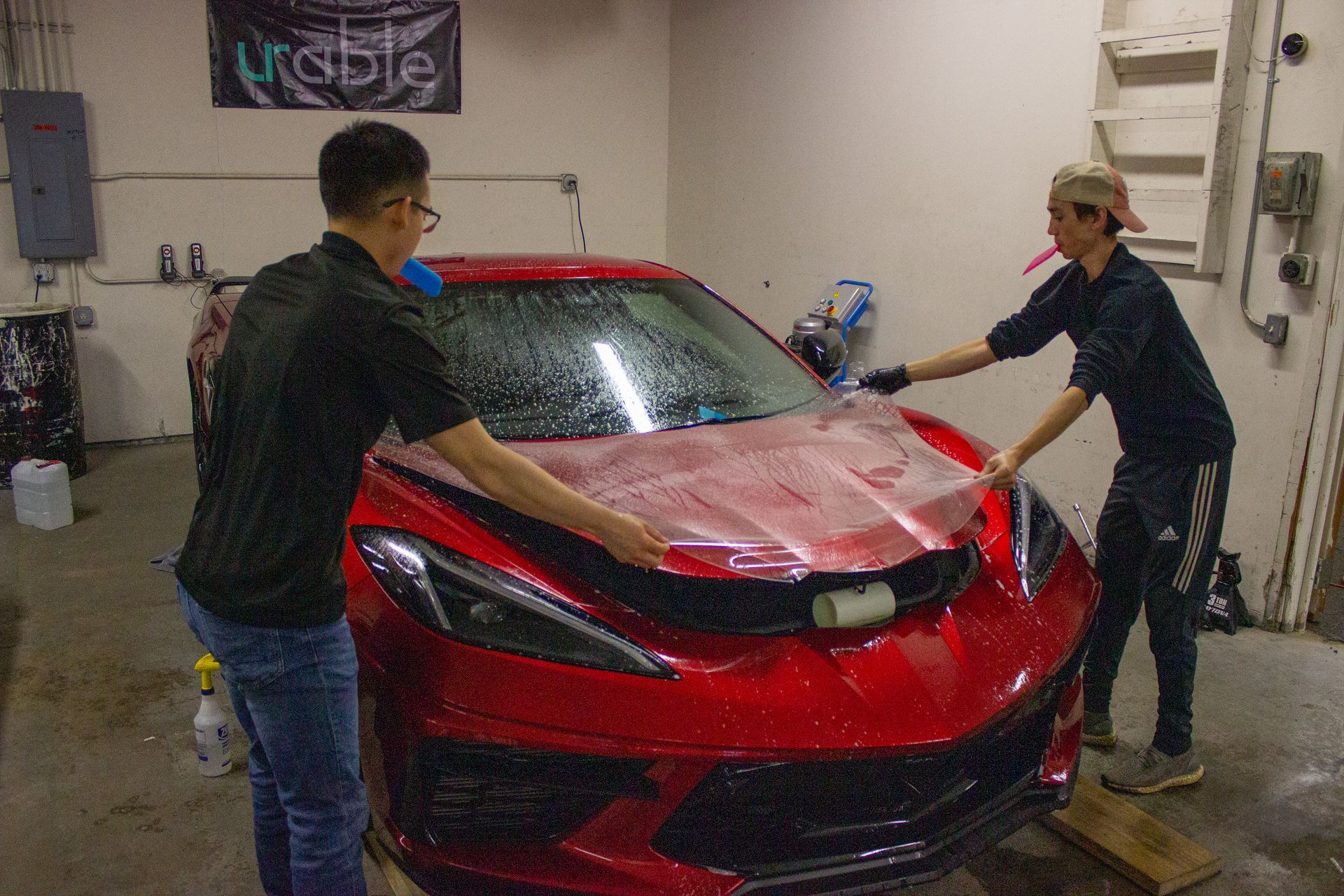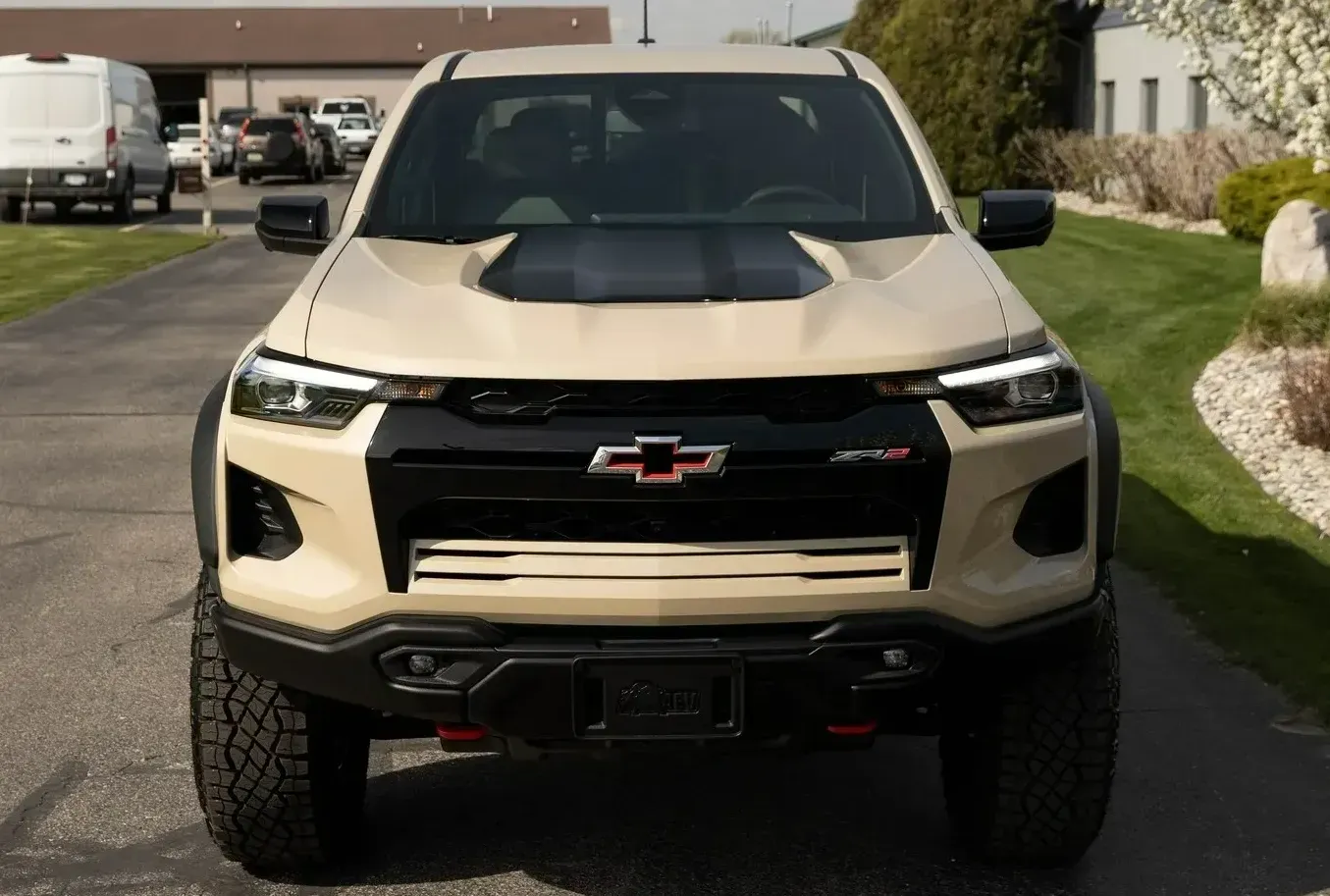The Detail Doc Blog
Carbon Window Tint vs. Ceramic Window Tint: A Comprehensive Comparison
(989) 244-0505 GET SCHEDULED NOWCarbon and ceramic window tints, both popular choices, have unique qualities. While carbon tint focuses on performance and quality, offering excellent heat rejection and UV protection, ceramic tint is more about aesthetics and energy efficiency, bringing a sleek appearance to your car without compromising on heat control. But here's the twist. Ceramic also excels in UV protection, much like carbon tint. So, the choice can boil down to an intriguing balance between cost-effectiveness, performance, and aesthetics. Let’s discuss the differences between carbon and ceramic window tinting.
Carbon window tint offers a matte look, rejects heat, and provides UV protection, while ceramic window tint utilizes nano-ceramic technology for superior UV and infrared light rejection, sun glare reduction, and structural stability. We recommend ceramic window tint for its advanced performance and minimal cost difference compared to carbon options.
Carbon Vs. Ceramic Window Tint: Overall Comparison
When it comes to selecting between carbon and ceramic window tints, several important factors come into play. Let's start by examining the heat rejection capabilities. Carbon window tint evenly disperses heat to maintain a comfortable temperature inside the vehicle, while ceramic window tint excels at blocking out infrared heat. Each type offers unique attributes for managing the interior climate of the vehicle, catering to different preferences and climates.
Moving on to UV protection, both carbon and ceramic window tints effectively block harmful UV rays. However, ceramic tints provide superior UV protection compared to carbon tints due to their advanced technology and composition.
In terms of appearance, both carbon and ceramic tints offer options for enhancing the aesthetic appeal of vehicles. Ceramic tints provide a sleek, non-reflective look while allowing excellent visibility from inside the vehicle. On the other hand, carbon tints offer a matte finish that can add a touch of sophistication to the vehicle's appearance.
When it comes to energy efficiency, ceramic window tints have an edge over carbon tints due to their exceptional insulation properties and heat-blocking capabilities. This can contribute to better climate control and reduced reliance on air conditioning systems, potentially leading to long-term energy savings.
While cost-effectiveness is also crucial, it's worth noting that ceramic window tint tends to be more expensive than carbon window tint. However, given its superior performance in various aspects, many vehicle owners view the long-term benefits of ceramic tint as outweighing the initial investment.
By addressing these crucial points of comparison, consumers can make well-informed decisions when choosing between carbon and ceramic window tints for their vehicles. Each type offers distinct advantages that can cater to different needs and preferences, ultimately ensuring an enhanced driving experience.
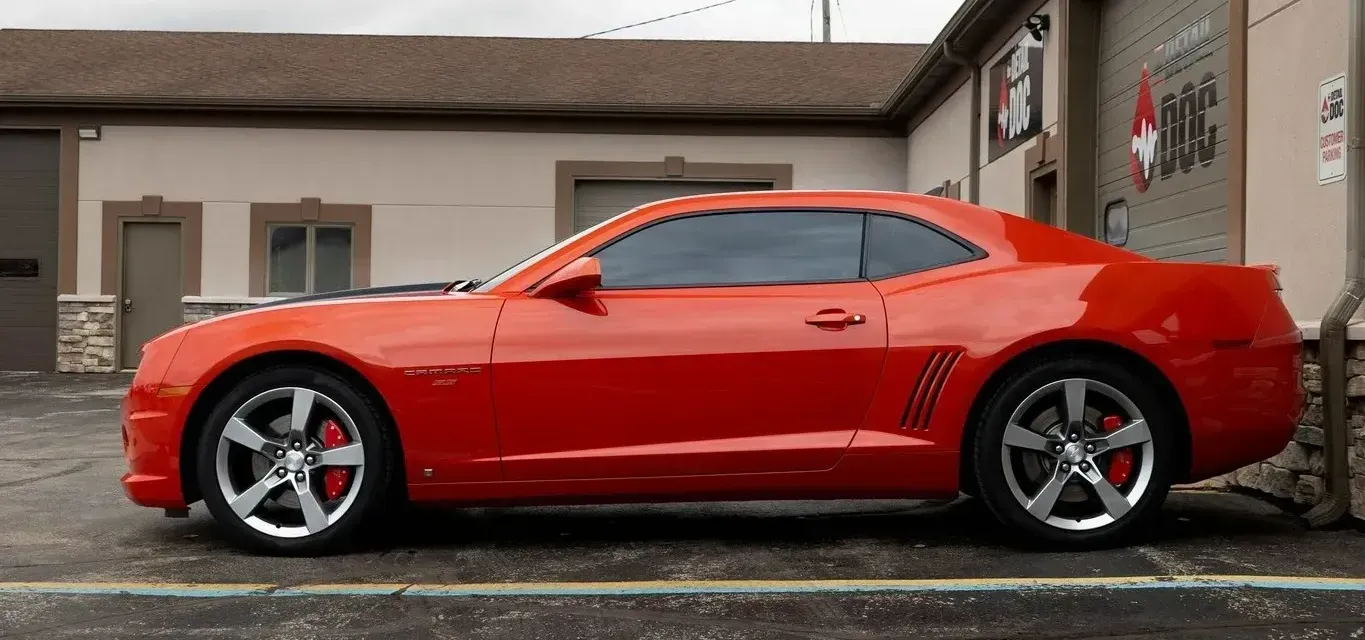
Heat Rejection: Carbon Vs. Ceramic
Heat rejection is a crucial feature to consider when choosing window tints, as it directly impacts your driving experience, especially during hot weather conditions. Now, let's take a closer look at how carbon and ceramic window tints compare in terms of heat rejection.
Carbon Window Tint
Carbon window tints are known to offer moderate heat rejection properties, typically ranging from 40% to 50%. This makes them suitable for reducing interior heat and providing comfort to occupants, especially during the warmer months. While they are effective in lowering the temperature inside your vehicle, carbon tints usually fall slightly behind ceramic tints in terms of their heat-rejecting capabilities.
The moderate heat rejection offered by carbon window tints still makes them a popular choice for many drivers who are looking for a balance between solar protection and visibility. It's also important to note that while the focus is often on heat rejection, carbon tints also excel in UV ray protection and can help reduce the fading and damage caused by prolonged exposure to sunlight.
Imagine a scorching summer day when the sun beats down relentlessly on your vehicle's windows. With carbon window tint, you benefit from a notable reduction in interior heat without compromising visibility or aesthetics. This can greatly enhance your driving experience and provide a more comfortable environment for you and your passengers.
Ceramic Window Tint
On the other hand, ceramic window tints excel in heat rejection, offering a higher range of approximately 50% to 70%. They significantly lower interior temperatures, making them an ideal choice for individuals living in warm climates or those seeking maximum solar protection.
Ceramic window tints are engineered with advanced technology that allows them to reject a higher percentage of solar heat compared to traditional carbon or dyed tints. This remarkable ability to keep intense heat at bay results in a cooler cabin environment, reducing the need for excessive use of air conditioning and enhancing overall driving comfort.
Furthermore, the superior heat rejection properties of ceramic window tints contribute to protecting the interior furnishings and surfaces of a vehicle from UV radiation, which can cause fading and deterioration over time.
In understanding the differences in heat rejection between carbon and ceramic window tints, it's essential to weigh how each option aligns with your specific needs and driving conditions. Whether it's the moderate yet effective heat rejection of carbon tints or the robust solar protection offered by ceramic tints, both options cater to distinct preferences and thermal comfort requirements.
UV & Light Protection: A Look at Both Tints
When it comes to safeguarding your vehicle from the detrimental effects of UV rays and sunlight, both carbon and ceramic window tints offer valuable benefits. These harmful rays can cause interior fading, and material deterioration, and even pose a risk to the occupants' health. Let's take a closer look at how each type of tint provides this critical protection.
Carbon Window Tint
Carbon window tints excel in providing respectable UV protection, effectively shielding against harmful ultraviolet rays and reducing the sun's impact on the vehicle's interior. They are designed to minimize fading and deterioration of interior materials, preserving the overall look and quality of the car. However, their level of UV protection falls short in comparison to ceramic tints.
Ceramic Window Tint
On the other hand, ceramic window tints are renowned for their superior UV protection due to advanced nanoparticle technology. This innovative feature offers exceptionally high defense against UV radiation, significantly minimizing sun damage to the vehicle's interior. Additionally, the enhanced protection provided by ceramic tints potentially safeguards occupants from harmful UV exposure, making it an ideal choice for those concerned about skin protection during long drives.
Both types of tints play a critical role in protecting your vehicle's interior, enhancing occupant safety and comfort, and preserving the overall aesthetic appeal of your car. As we consider the importance of UV and light protection, it becomes clear that ceramic window tints hold a distinct advantage over carbon tints in offering comprehensive defense against these damaging elements.
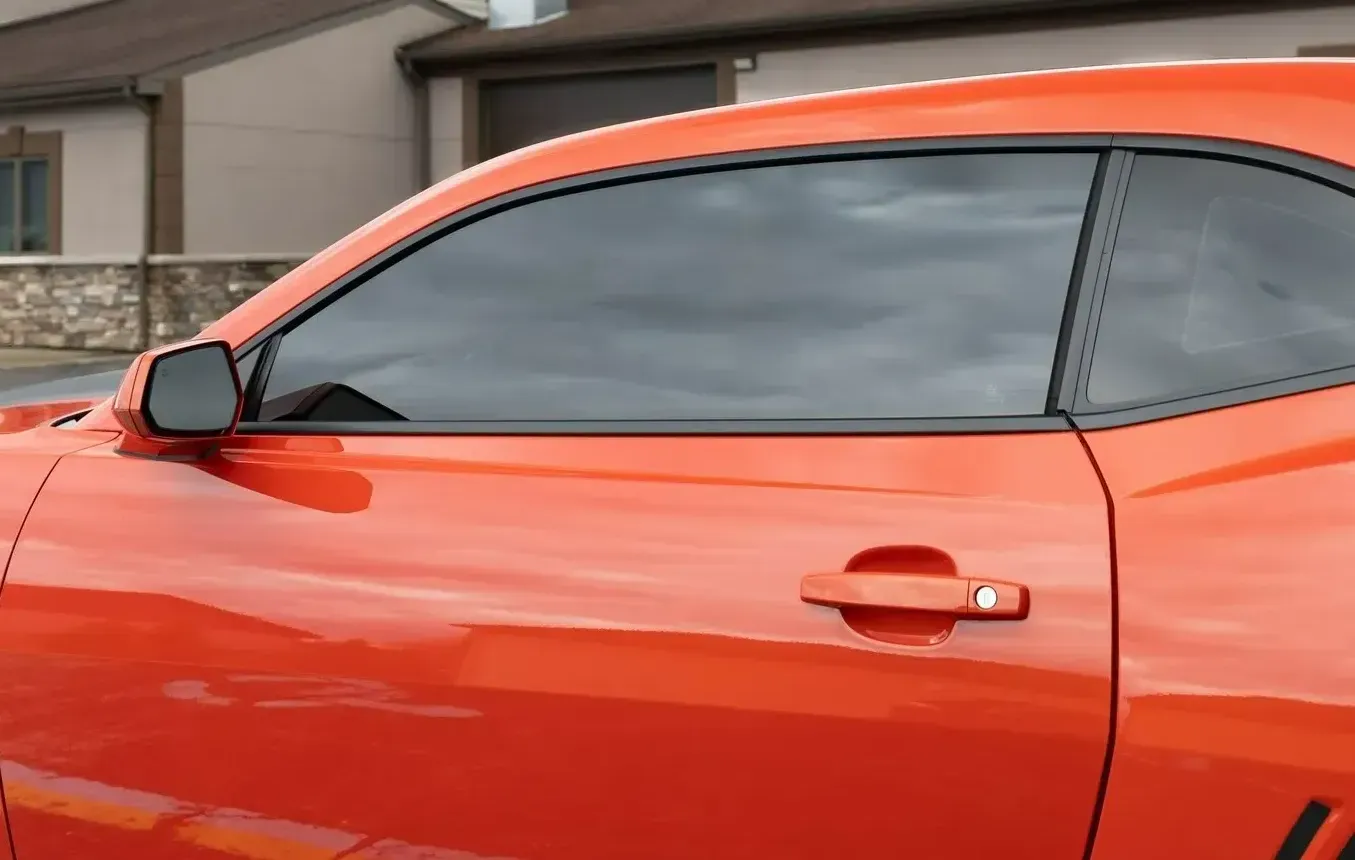
Dissecting the Technology: Carbon and Ceramic Tints
When it comes to deciding between carbon and ceramic window tints, understanding the technology behind each option is crucial. Let's start by examining carbon window tints. These tints are created by infusing carbon particles into the film, and this doesn't just give them a cool, sleek look but also helps to block heat effectively. At the same time, they're designed to allow electronic devices to maintain clear signals.
Ceramic window tints, on the other hand, take advantage of ceramic particles to provide top-notch heat and UV rejection, without compromising signal clarity—essential for those who rely on their electronic devices while driving.
Whereas carbon particles absorb solar energy and prevent it from entering the vehicle, ceramic particles reflect infrared rays rather than absorbing them. What this does is reduce heat transmission, keeping your car cooler. What really sets ceramic apart from its alternatives is its effectiveness in maintaining a clear signal for your electronic devices, making it perfect for modern vehicles packed with high-end tech.
Additionally, it's important to note that both types of tints offer non-metal options that won't interfere with GPS or cell phone signals. This means you can enjoy all the benefits of reduced heat and glare without worrying about losing connectivity when you need it most. More than just an aesthetic addition to your vehicle, window tints ultimately serve as a barrier against excessive solar exposure, effectively protecting you from harmful UV rays while enhancing your driving experience.
Appearance of Carbon Vs. Ceramic Tint
The type of window tint you choose for your vehicle can dramatically change its appearance. Let's start by looking at carbon window tint. Carbon window tint delivers a sleek, matte finish that adds a touch of sophistication to various vehicle styles. The dark, matte appearance not only reduces glare but also offers a uniform look across the entire vehicle, providing a stylish and modern enhancement to the overall exterior appearance.
The deep, lustrous finish of carbon tint gives vehicles a luxurious and high-end vibe. It's as if the windows are adorned with subtle elegance, making it especially appealing for high-performance sports cars, luxury vehicles, and modern sedans, elevating their visual appeal while offering protection from harmful UV rays and excessive heat.
Some might argue that the matte finish of carbon tint might not be suitable for every vehicle type or style. While it may complement certain models, the same finish could detract from the elegance of classic cars or vintage vehicles, where a more traditional glossy appearance might be preferred.
Moving on to ceramic window tint, this option presents a distinctly different aesthetic compared to carbon tints. Ceramic tints offer a non-reflective, neutral tone that seamlessly integrates into the vehicle's appearance without interfering with electronic signals, ensuring an understated yet sophisticated look. By reducing glare and eliminating the reflective properties common in metallic or dyed tints, ceramic tints enhance the visual appeal of vehicles without altering their original design language.
Consider a cool, contemporary sedan shimmering under the sun with ceramic window tint. The non-reflective nature complements the car's sleek lines and elegant curves, maintaining a polished and refined look while ensuring optimal visibility for both the driver and passengers.
The seamless integration of ceramic window tint allows the vehicle's aesthetics to shine through, enhancing its overall appeal while providing valuable protection against sun damage and glare.
These contrasting aesthetic qualities offer both similarities and differences in their visual impact on vehicles, catering to various preferences and styles in automobile appearance.
Energy Saving Potential: A Comparative Study
When considering window tints, two significant factors are energy efficiency and cost savings. Both carbon and ceramic window tints offer potential benefits in these areas, but they affect your overall energy usage differently.
Let's start by considering carbon window tint. Carbon tints work by reducing the amount of sunlight that enters your vehicle, leading to moderate energy savings. By lowering the interior temperature, carbon tints can reduce the need for extensive air conditioning use, especially in warmer climates. This could potentially result in fuel efficiency and cost savings over time.
On the other hand, ceramic window tints have a more substantial impact on energy savings. These tints are designed to significantly reduce interior heat by blocking a higher percentage of UV rays and solar heat, leading to considerable energy consumption savings by decreasing the reliance on air conditioning. This is particularly beneficial for individuals living in warm climates, where air conditioning systems typically work harder to maintain comfortable interior temperatures.
While both tints have their advantages, some might argue that since ceramic window tints offer more substantial heat reduction, they provide greater energy savings. However, it's important to consider that the actual level of energy saved may depend on several factors, including climate, vehicle type, and individual driving habits. This means that while ceramic tints may offer better heat reduction, the degree of energy savings can vary based on different conditions.
In terms of energy saving potential, ceramic window tints outshine carbon tints due to their superior heat reduction capabilities. However, the actual level of energy saved depends on various factors. It’s critical to carefully consider your specific needs and geographical location when choosing the ideal tint for your vehicle.
Cost-effectiveness: Evaluating Carbon and Ceramic Tints
When considering the initial costs, it's clear that carbon tints have an advantage. They tend to have a lower upfront cost compared to their ceramic counterparts, making them a more budget-friendly option for those looking to save some money during the initial installation.
This lower initial cost can make carbon tints an attractive choice for customers who are focused on minimizing their upfront expenses. For budget-conscious individuals, such as students or young professionals setting up their first car, this affordability might be an important factor when deciding on the type of window tint to invest in.
However, while ceramic tints may require a higher initial investment, they offer significant long-term value that needs to be considered.
Ceramic tints are often preferred for their superior heat and UV protection capabilities, potential energy savings due to reduced reliance on air conditioning, and extended durability. This translates to long-term cost-effectiveness, as the benefits they offer outweigh their initial cost.
The extended durability of ceramic tints means that they are less prone to degradation over time compared to carbon tints. This reduces the need for frequent replacements or repairs, ultimately saving money in the long run. Additionally, the ability of ceramic tints to block out a greater amount of heat and UV rays can lead to potential savings on energy bills due to reduced reliance on air conditioning, especially in hot and sunny climates.
In essence, while carbon tints may be easier on the wallet initially, the long-term value provided by ceramic tints through enhanced performance and durability makes them a cost-effective choice over time. It's essential for consumers to look beyond the immediate costs and consider the extended benefits that each option offers when making their decision.
Final Words
Overall, comparing carbon window tint and ceramic window tint reveals distinct benefits and considerations for each option. From heat rejection, UV protection, or glare reduction benefits, both types of tint provide valuable advantages for car owners. When making an informed decision based on your specific needs and preferences, it is critical to consider factors such as budget, climate, and personal preferences.
When it comes down to quality and long-term value, ceramic tints truly stand out. Make an informed choice and reach out to us at The Detail Doc for professional window tinting services tailored to your needs.

